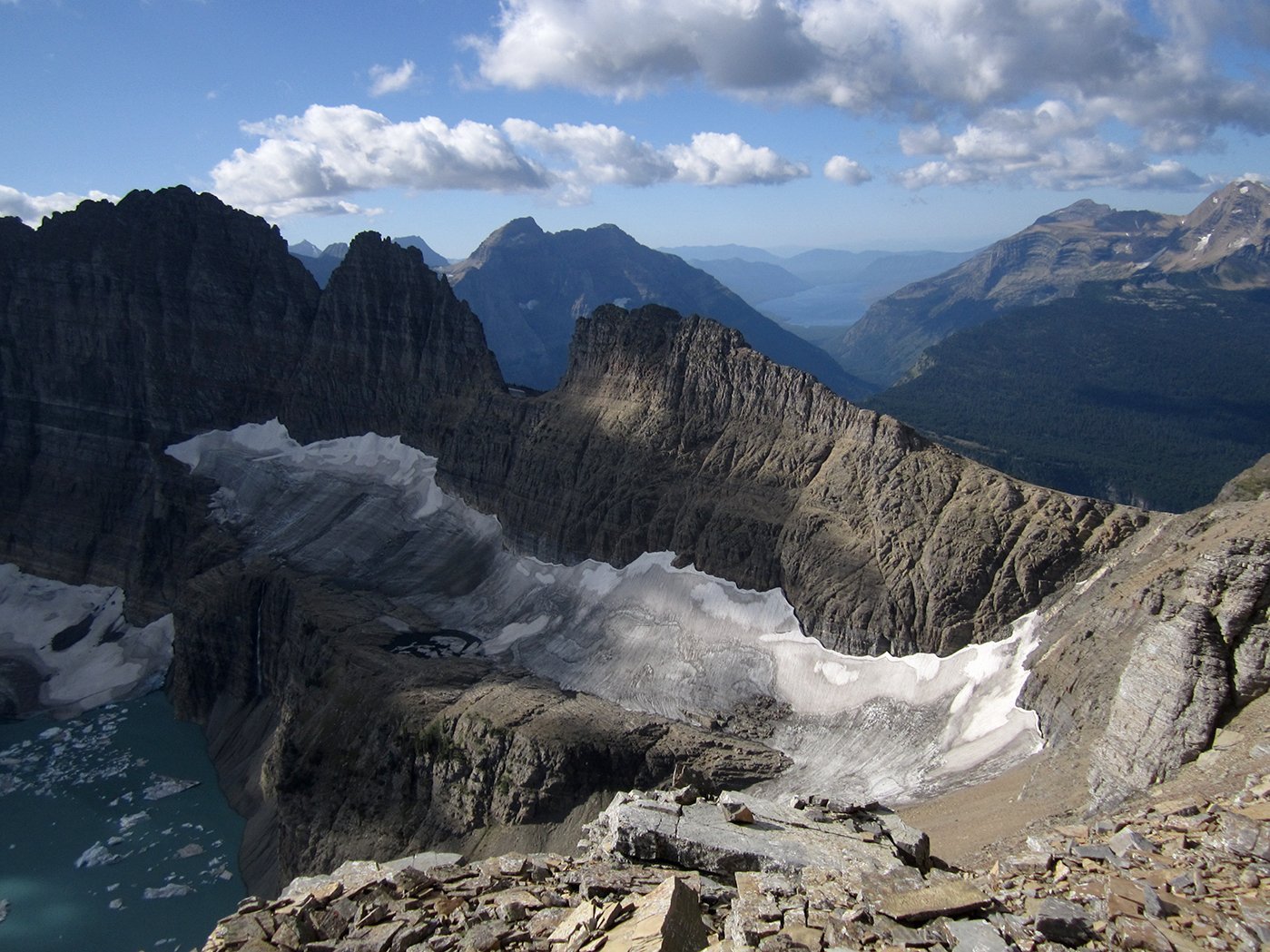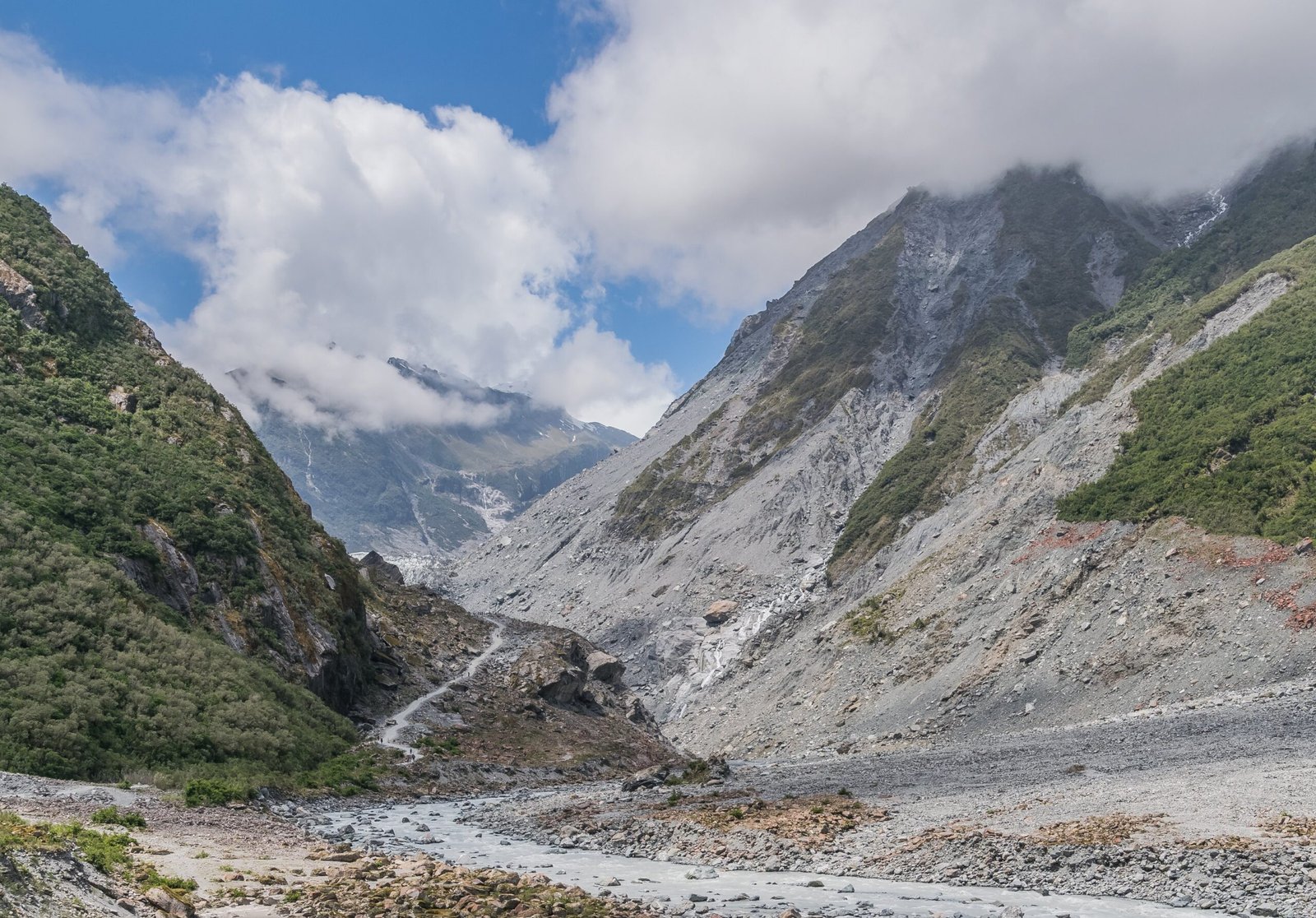Glacier National Park experiences a significant temperature shift during the fall season, with average daytime highs ranging from the mid-70s Fahrenheit in September to the mid-40s in November. Nighttime temperatures can drop to near freezing, especially in late fall. The park’s fall climate is characterized by increasing precipitation, higher wind speeds, and the transition from warm Pacific air to colder Arctic air, resulting in variable and sometimes extreme weather conditions.
What Are the Average Fall Temperatures in Glacier National Park?

Fall in Glacier National Park brings a wide range of temperatures as the season progresses. Here’s a breakdown of the average temperatures for each fall month:
September
- Daytime highs: Mid-50s to mid-70s Fahrenheit (12-23 Celsius)
- Nighttime lows: 30s to 40s Fahrenheit (0-5 Celsius)
October
- Daytime highs: Mid-40s to mid-60s Fahrenheit (2-12 Celsius)
- Nighttime lows: 20s to 30s Fahrenheit (-6 to 2 Celsius)
November
- Daytime highs: Mid-30s to mid-40s Fahrenheit (1-7 Celsius)
- Nighttime lows: 20s to 30s Fahrenheit (-6 to 0 Celsius)
These temperature ranges are consistent with historical averages for the fall season in Glacier National Park.
How Does Precipitation Affect Fall Temperatures in the Park?

Precipitation plays a significant role in shaping the fall temperatures in Glacier National Park. As the season progresses, there’s a noticeable increase in rainfall and the possibility of snow, especially at higher elevations. Here’s a breakdown of the precipitation patterns:
| Month | Average Precipitation |
|---|---|
| September | 1.19 inches |
| October | 1.38 inches |
| November | 1.32 inches |
The increased precipitation, particularly in the form of snow, can lead to cooler temperatures and create a more humid environment. This moisture in the air can affect how temperatures feel, often making it seem colder than the actual temperature reading.
What Wind Patterns Influence Fall Temperatures in Glacier National Park?
Wind patterns play a crucial role in shaping the fall temperatures in Glacier National Park. The park experiences higher wind gusts during the fall months, particularly in September and October. These winds can sometimes reach speeds of up to 60 miles per hour, significantly impacting the perceived temperature.
- Chinook Winds: These warm, dry winds can cause temporary warm-ups, even in late fall. They can lead to rapid temperature increases, sometimes raising temperatures by 20-30 degrees Fahrenheit in a matter of hours.
- Arctic Air Masses: As fall progresses, cold air from the Arctic becomes more prevalent, leading to drops in temperature, especially at night.
- Valley Winds: The park’s unique topography creates localized wind patterns that can affect temperatures differently in various areas of the park.
The interplay between these wind patterns and the park’s diverse landscape contributes to the variable fall temperatures experienced throughout Glacier National Park.
How Do Temperature Fluctuations Impact Visitor Activities in Fall?
The variable fall temperatures in Glacier National Park can significantly impact visitor activities. Here are some key considerations:
- Hiking and Camping:
- Early fall (September): Generally pleasant temperatures for outdoor activities
-
Late fall (October-November): Increased need for warm layers and cold-weather gear
-
Wildlife Viewing:
- Fall temperatures coincide with the rutting season, making it an excellent time for wildlife observation
-
Cooler temperatures may increase animal activity during daylight hours
-
Road Access:
- Some roads may close due to snow and ice, particularly in late fall
-
Going-to-the-Sun Road typically closes in mid-October due to snow
-
Water Activities:
- Colder temperatures make water activities less appealing and potentially dangerous
-
Some boat tours may end operations earlier in the season
-
Photography:
- Fall colors peak in late September to early October, offering stunning photo opportunities
- Early morning frost can create beautiful scenes for photographers
Visitors should be prepared for a wide range of temperatures and weather conditions, especially if planning activities in different areas of the park or at varying elevations.
What Are the Notable Climate Trends Affecting Fall Temperatures in the Park?
Glacier National Park has been experiencing some notable climate trends that are affecting fall temperatures:
- Earlier Onset of Fall Conditions:
- Snow is now possible at lower elevations as early as mid-September
-
This trend is shifting the traditional fall temperature patterns
-
Increased Temperature Variability:
- More frequent extreme temperature swings within short periods
-
This can lead to rapid changes in weather conditions and temperatures
-
Warming Trend:
- Overall, fall temperatures have shown a slight warming trend over the past few decades
-
This trend is more pronounced in minimum temperatures than in maximum temperatures
-
Changes in Precipitation Patterns:
- A shift towards more precipitation falling as rain rather than snow in early fall
-
This can affect the overall temperature profile of the park during autumn
-
Glacier Retreat:
- The ongoing retreat of glaciers in the park is altering local microclimates
- This can lead to changes in temperature patterns, especially in areas near retreating glaciers
These climate trends are not only affecting fall temperatures but also impacting the park’s ecosystem, wildlife behavior, and visitor experiences.
How Do Fall Temperatures Vary Across Different Elevations in the Park?
Glacier National Park’s diverse topography leads to significant temperature variations across different elevations:
Lower Elevations (4,000 – 5,000 feet)
- Daytime Highs:
- September: 60-75°F (15-24°C)
- October: 50-65°F (10-18°C)
- November: 35-45°F (2-7°C)
- Nighttime Lows:
- September: 40-50°F (4-10°C)
- October: 30-40°F (-1 to 4°C)
- November: 20-30°F (-7 to -1°C)
Mid Elevations (5,000 – 7,000 feet)
- Daytime Highs:
- September: 55-70°F (13-21°C)
- October: 45-60°F (7-16°C)
- November: 30-40°F (-1 to 4°C)
- Nighttime Lows:
- September: 35-45°F (2-7°C)
- October: 25-35°F (-4 to 2°C)
- November: 15-25°F (-9 to -4°C)
Higher Elevations (Above 7,000 feet)
- Daytime Highs:
- September: 50-65°F (10-18°C)
- October: 40-55°F (4-13°C)
- November: 25-35°F (-4 to 2°C)
- Nighttime Lows:
- September: 30-40°F (-1 to 4°C)
- October: 20-30°F (-7 to -1°C)
- November: 10-20°F (-12 to -7°C)
These variations in temperature across elevations create diverse microclimates within the park, offering visitors a range of experiences and challenges depending on their location and activities.
What Safety Precautions Should Visitors Take Due to Fall Temperature Variations?
Given the variable fall temperatures in Glacier National Park, visitors should take the following safety precautions:
- Layer Clothing:
- Wear multiple layers that can be easily added or removed
-
Include a waterproof and windproof outer layer
-
Check Weather Forecasts:
- Regularly check park weather updates
-
Be prepared for sudden changes in weather conditions
-
Carry Emergency Supplies:
- Pack extra food, water, and warm clothing
-
Include a first-aid kit and emergency shelter
-
Inform Others of Plans:
- Leave a detailed itinerary with someone not in your group
-
Carry communication devices like a satellite phone or emergency beacon
-
Be Aware of Hypothermia Risks:
- Know the signs of hypothermia
-
Avoid cotton clothing, which retains moisture and can lead to rapid heat loss
-
Stay on Designated Trails:
- Stick to marked trails, especially in snowy conditions
-
Be aware that trail conditions can change rapidly with temperature fluctuations
-
Vehicle Preparedness:
- Ensure your vehicle is equipped for potential winter conditions
-
Carry chains and emergency supplies in your car
-
Wildlife Awareness:
- Be extra cautious of wildlife preparing for winter
- Maintain safe distances from all animals
By following these precautions, visitors can safely enjoy the beautiful fall season in Glacier National Park while being prepared for its variable temperatures and weather conditions.
References:
1. https://www.allglacier.com/weather/
2. https://smokybear.com/glacier-national-park-weather-overview-april-to-october/
3. https://www.nps.gov/glac/planyourvisit/weather.htm